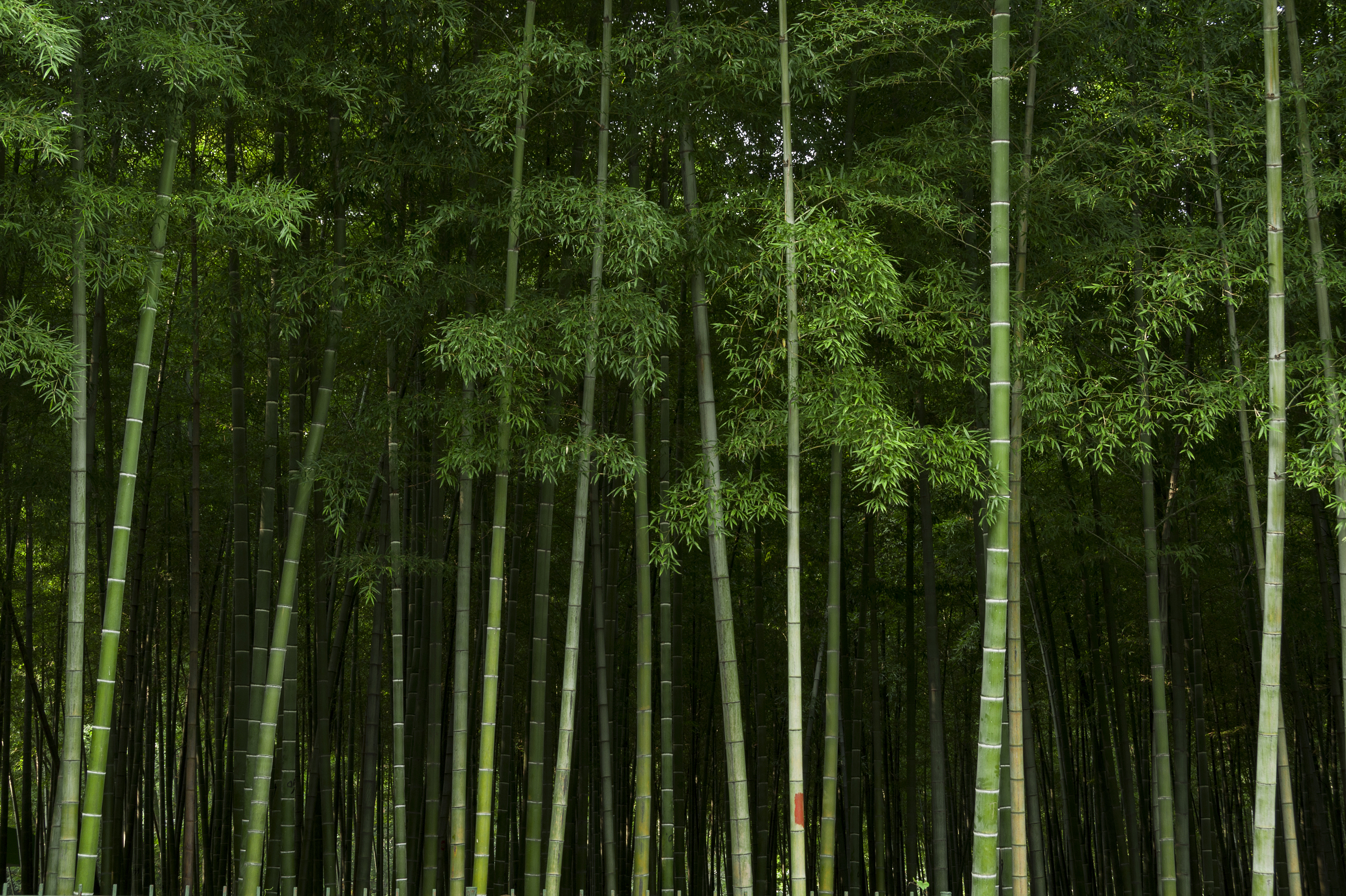
A stunning view of bamboo forest in Yunnan province, China. (PHOTO: VCG)
By?BI?Weizi
Fossil bamboo leaf blades and culm from the Middle Miocene deposits of Sanzhangtian, Yunnan, southwest China, were discovered for the first time in 2013, indicating that bamboo began to diversify in Yunnan no later than the Middle Miocene and that Yunnan is one of the biodiversity centers of modern bamboo.
The reason why bamboo occupies such an important place in the history of the Chinese civilization is, firstly, that China is a land that produces bamboo in abundance. China is the country with the largest area of bamboo in the world, with bamboo forests covering 27 provinces in a total area of 641,600 hectares, accounting for more than one-third of the world's bamboo growth. China is also the country with the richest diversity of bamboo species in the world, with 47 genera and 767 species, accounting for more than half of the world's total.
China has a long history of cultivating moso bamboo. More than 10,000 years ago, ancient Chinese began to cultivate and use moso bamboo first as an agricultural tool. In the Xia and Shang dynasties (2070 BC-1046 BC), the use of bamboo tools became more widespread, and the types of production tools and weapons increased. In particular, the invention of "bamboo slips" and "bamboo books" is undoubtedly one of the important cornerstones in the formation and development of the Chinese bamboo civilization, and has left a strong and colourful mark on the history of the country's writing.
The trio will conduct a series of experiments in fields such as life science, fluid physics, combustion science and materials science. Notably, this is the first time that fruit flies have been taken on a Chinese space mission as experimental subjects. What made scientists choose fruit flies? What experiment will they undergo?
